This really is low counter density and a very open situation at the beginning of the game.
The game turn sequence is very simple and straightforward. Each turn begins with both players playing an Event card and these really are a lovely production from the picture on the front of each card to the wide range of historical images and illustrations from posters on the reverse.
Here is the full sequence:
Random Events
Determine Resource Points
Depot Actions
Check Supply Status
Combat Unit Movement
Combat
Restoration of Units
Reinforcements
Much of this is quick and easy both to learn and to play. So, Random Events as we've seen is simply each player playing and revealing a single card which will be executed at the appropriate stage that it applies to.
The number of each player's Resource Points is printed on the Turn Track and supplemented by the roll of two dice: one white D6 - a positive die and one red D6 - a negative die. So each player may gain or lose from -5 to +5. On the whole, there aren't major swings, but the possibility is always there. A nice simple effective rule.
It is these Resource Points that are the heart of this system engine. First of all they are the "currency" to pay for virtually everything that happens in the game, starting with the next Phase: Depot Actions. Here each player places alternately one new Supply Depot and, like nearly every single action in the game, the moment you decline to take the appropriate action for a Phase then you cannot take any more of that type of action. Once both players have finished laying new depots you've got to pay for
all that are now on the board out of your Resource Points. This chain of Supply Depots is absolutely vital, for in the next Phase [Check Supply Status] every full strength unit that is now out of supply is flipped to its weaker side and if already flipped is now eliminated! Easy, effective and DEADLY!
Next comes Combat Unit Movement which again is done alternately. Each stack of units that is moved costs one Resource Point and all the units chosen in a single stack must end in the same hex. With resource points in short supply, there won't be too many movements made, which is another factor that makes this game run smoothly and swiftly. Next comes Combat, again executed by each player alternately choosing to carry out one combat at a time and once again if a player declines to carry out a combat then they cannot carry any more later in the Phase. This cat and mouse, back and forth interaction is one of the elements that I relish strongly.
A close up of a small part of the battlefield
Finally, after Combat there is the opportunity to restore weakened units i.e. those that have been reduced to their weaker side can be flipped back to full strength. Just one problem of course, to do so needs some of those precious Resource Points and, if by now you have some of these left, then you're probably managing better than I usually do!
The only things you don't pay for are your reinforcements and the limited number of four redeployments per player. Finally, the rules conclude with a rare few Special Rules. Overall, though the rules have relatively few illustrations and everything is in simple black and white, the clarity of the rules means that these are all that's needed.
Combat, though straightforward, is the section that needs most attention, because there are some interesting and fairly novel elements. Attacks must be made through the top facing edge of the unit which shows a unit's stronger value and an attack is a single stack against a single stack. Both players add up the total strength of their units in the single stack and add 1 strength point per additional stack adjacent to the defender. Only the attacker may attempt to bring in the full strength of one additional adjacent stack, but this is at the risk of a D6 die roll. Roll 5/6 and the additional stack is added in; 3/4 the stack isn't added: BUT roll 1/2 and the whole attack is cancelled! To the final total strengths of each side is added the roll of a single D6.
Losses are dependent on the differences between scores. For the loser it's half that number rounded down, for the attacker it 's half the number of the defender's losses, This is with the added restriction that neither player can suffer more hits than the number of units inflicting the damage. To give a simple example: if the difference were 6, then the loser of the combat would provisionally suffer 3 hits, but if the winner had only two units in his stack, then the most the loser would suffer would be 2 hits.
The other rule that needs care, and I say this as someone who has considerable familiarity with this system and the rules, is the use of depots and supply. However, the care is not in understanding the rules [they are very clear], but in carrying them out. Too often in the past, when playing Steve Pole's games set in WWII have I discovered that I've miscalculated the distance. As the distance restrictions are even more stringent in
How The West Was Saved to reflect the earlier historical period, you need to be even more careful.
For me, this is an excellent addition to those games already using this system. It has the lowest counter density of them all; as a result it plays even faster. The situation is more fluid and open and provides a good balance of attacking and defending for both players. What's more in these unusual and constrained times where solo play is the enforced norm [unless you're playing online], it plays very well solitaire with only the play of Event cards being slightly problematic.
So many thanks once more to Strategemata for supplying my review copy.
Approx. $65
Available in the UK : £59.95 from Second Chance Games





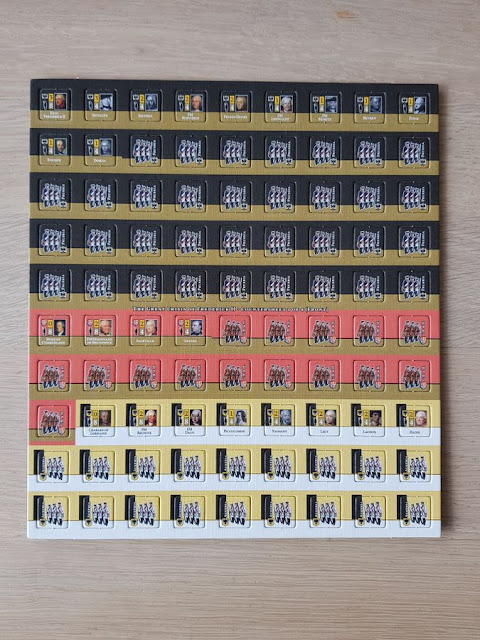

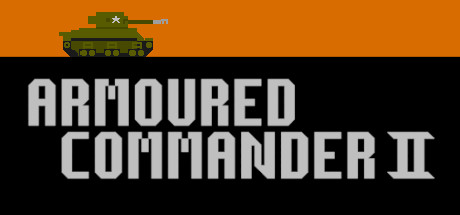
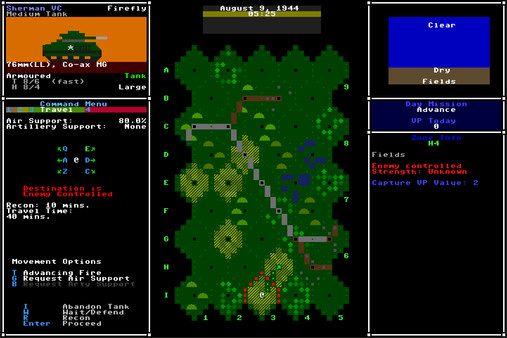
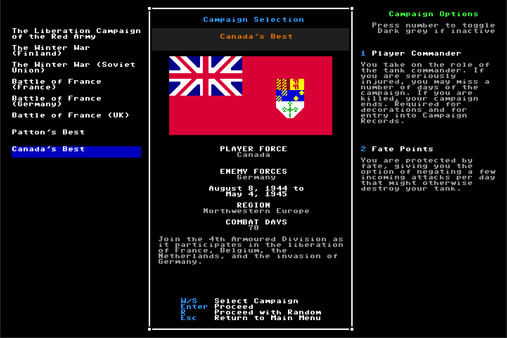
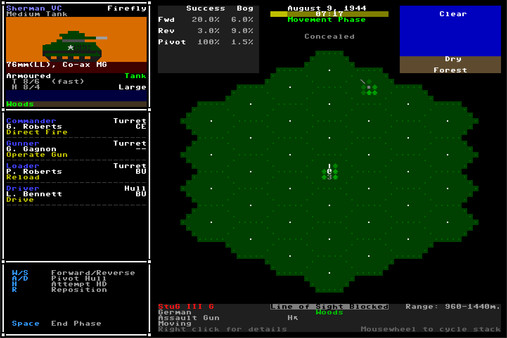
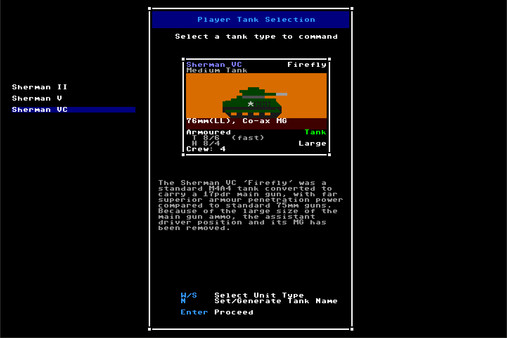
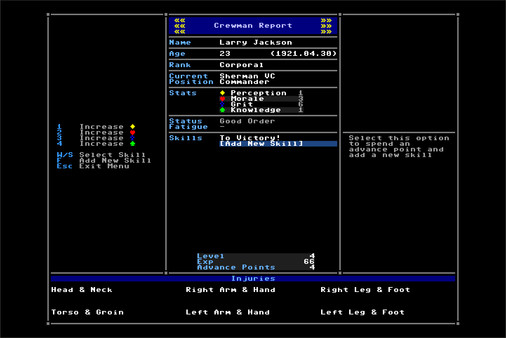
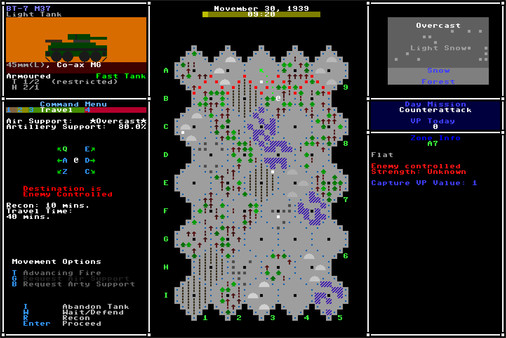











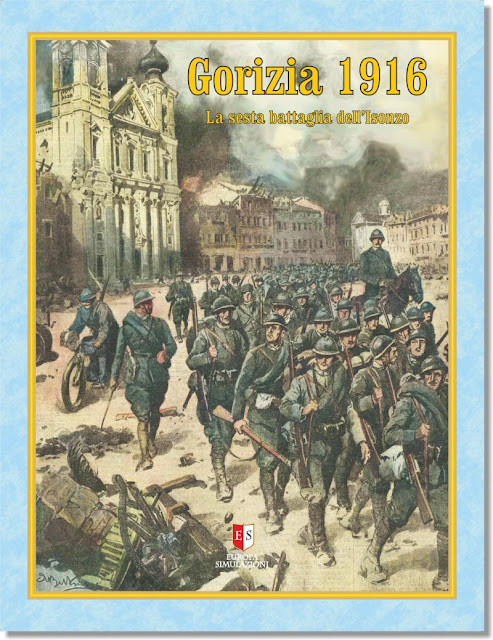



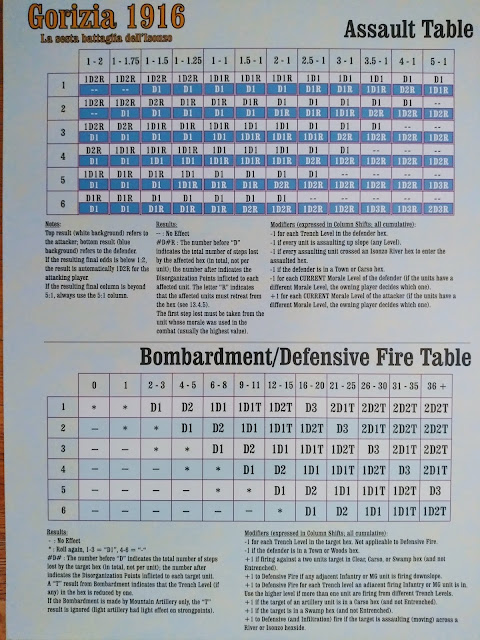

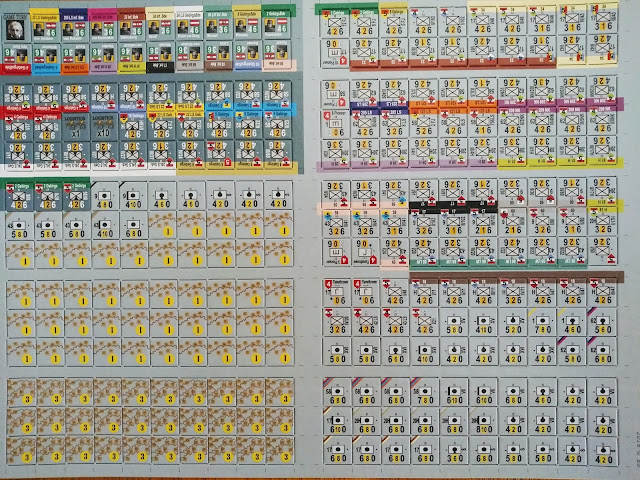
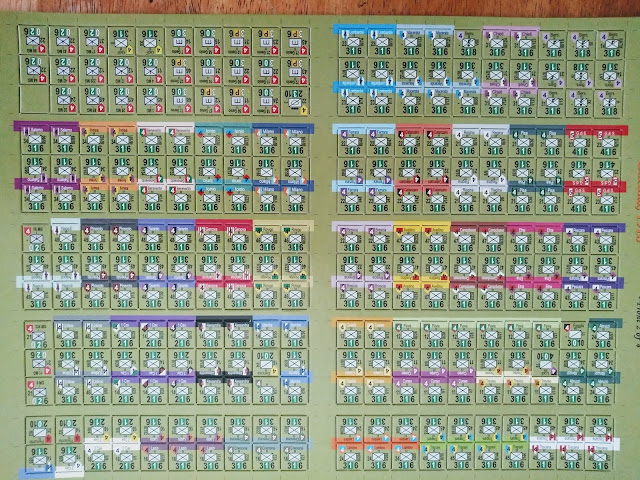
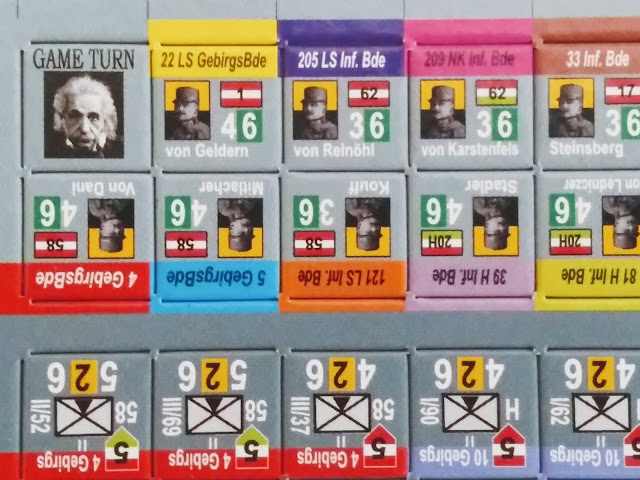


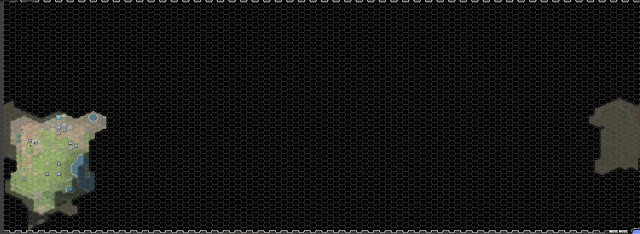







Follow Us